A comprehensive guide to dividends for Limited Company Contractors
As a Limited Company contractor, understanding dividends is essential for maximising your take-home pay and becoming more tax efficient. Whilst consulting your specialist contractor accountant is recommended for precise guidance, it’s useful to grasp the basics of dividends for yourself.
This blog will provide you with an overview of dividends and what you need to know as a Limited Company contractor.
What are dividends?
Dividends are the distribution of company profits among its shareholders. As a Limited Company contractor, you can pay yourself a salary and then supplement your income with dividends.
The rules for taxing dividends are different from salaries, and many contractors will add their spouse as a shareholder in their Limited Company, allowing them to draw more tax-free income from their company.
When can you draw dividends?
You can draw dividends from your Limited Company at any time, provided there are sufficient profits within the company. Drawing dividends when this is not the case would be considered an illegal dividend or director’s loan, potentially leading to an investigation by HMRC.
Contractors typically draw dividends monthly, quarterly, or annually, although it’s entirely up to you how often you draw dividends. Just be sure to keep the correct records when doing so, to ensure HMRC can’t class them as a ‘disguised salary’, should they decide to investigate.
It’s essential to document your decision to declare a dividend through minutes, and you must provide all shareholders with a dividend voucher. This creates a clear audit trail, which is useful to have in case HMRC wish to take a closer look. Additionally, all dividend vouchers are required for your annual tax return.
What are the tax and National Insurance Contribution (NIC) implications?
Dividends do not incur NICs. Because of this, the most tax efficient way to pay yourself as a contractor tends to be a combination of a low salary and high dividend payments.
The dividends you receive are taxed as personal income, and there’s a tax-free allowance of up to £1,000 per person. The current tax thresholds for dividends are as follows:
– Basic rate (taxed at 8.75%): up to £50,270
– Higher rate (taxed at 33.75%): from £50,271 to £125,140
– Additional rate (taxed at 39.35%): over £125,140
A dividend is taxed at the point of declaration, not when it’s drawn, so timing your declarations is important. For instance, if you declare a dividend on April 1st, 2023, but it’s not paid until April 7th, it will be included in your 2022/2023 tax return. Depending on your previous withdrawals during that tax year, this could push you into a higher tax rate.
Your Limited Company contractor accountant will guide you through this, helping you keep track of the applicable tax rate, assessing if it’s worth drawing dividends, and determining the best timing for doing so.
Final thoughts
Dividends offer a great way to maximise your personal allowances. By paying yourself a salary that doesn’t use up all of the basic tax rate and supplementing it with dividends, you can fully take advantage of the lower tax rate without incurring further NICs.
Each contractor’s situation is unique, and your individual circumstances will dictate when and how you choose to draw dividends. Whilst the concept is straightforward, it’s easy to end up drawing too many dividends, pushing you into higher tax bands. Always seek advice from your contractor accountant before withdrawing any money from your business account to ensure you’re taking the correct amount and following all the regulations.
If you’re searching for a new contractor accountant, get in touch with us at SG Accounting today. Our team of specialist contractor accountants are ready to provide expert advice on dividends and help you maximise your contractor pay.
Note: All the information and advice in this blog post was correct at the time of writing.







